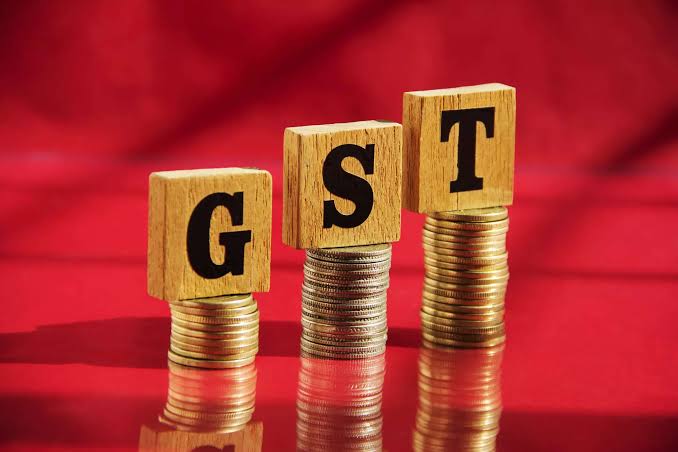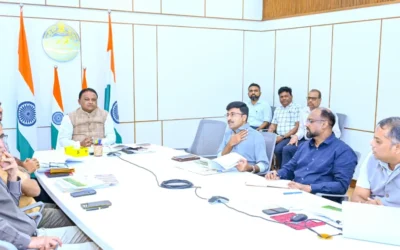GST 2.0 Set to Rewrite the Rulebook for Businesses

Revised tax framework promises relief and clarity, yet industry preparedness will decide its true impact
Bhubaneswar : The rollout of GST 2.0 has sparked both optimism and caution across India’s business landscape. In Odisha, the Utkal Chamber of Commerce and Industry Ltd (UCCI) recently convened an interactive session to decode the implications of the revised framework, particularly for micro, small, and medium enterprises (MSMEs). What emerged was a balanced view: while the reforms aim to simplify compliance and strengthen liquidity, their success hinges on how quickly industry adapts.
Opportunities Amid Change
UCCI President Prabodh Mohanty struck a pragmatic tone in his address, pointing out that the revised GST, especially the 5 per cent slab, is expected to bring tangible benefits to both the government and industry. For MSMEs—often grappling with compliance burdens and liquidity crunches—this could be a welcome reprieve. Yet, Mohanty cautioned against complacency. Businesses, he said, must proactively prepare by reviewing supply chains, keeping tax credit documentation in order, and closely tracking government notifications.
His words underscore a crucial reality: simplification on paper does not always translate into ease on the ground. The GST experiment since 2017 has shown how interpretation gaps and compliance complexity can create friction. GST 2.0 may reduce some of these hurdles, but vigilance will remain key.
Lessons from the Council
Nihar Ranjan Nayak, Additional Commissioner of State Tax, provided clarity on the decisions taken during the 56th GST Council meeting on September 3. His remarks emphasized compliance, but also highlighted the government’s intent to rationalize slabs and reduce disputes. For taxpayers, this means a fresh round of adjustments—an inevitable part of India’s evolving tax system.
At its heart, GST was conceived as a “one nation, one tax” model. Yet, the road has been uneven, with litigation over input credits, refunds, and inverted duty structures often stalling its promise. GST 2.0 aims to address these pain points, but execution will matter more than rhetoric.
Clarity on Long-Pending Issues
L Gopal Shah, Chairman of UCCI’s taxation committee, described the reforms as a milestone in India’s tax evolution. His analysis touched on long-contested issues—such as refunds under the inverted duty structure, post-sale discount treatment, and long-awaited relief for service exporters. For many businesses, these are not abstract provisions but real-world hurdles affecting working capital and competitiveness.
Shah’s emphasis on liquidity is particularly relevant for MSMEs. Access to timely refunds and clarity on credit notes could ease financial pressures on small enterprises already navigating tight margins. This highlights the GST Council’s responsibility to ensure that reforms are not just policy announcements but functioning mechanisms that deliver relief on the ground.
The session, attended by around 70 participants including entrepreneurs, legal experts, and policy advisors, reflected a collective curiosity tinged with caution. UCCI’s release of a GST 2.0 handbook is a step in the right direction—equipping industry with the tools to navigate change. But handbooks alone cannot replace institutional preparedness.
If history is any guide, the initial months of GST 2.0 will likely test the resilience of businesses, particularly smaller ones. Transition costs, system updates, and interpretational ambiguities may pose hurdles. However, the larger direction—toward simplification, rationalization, and dispute resolution—is unmistakably positive.
The editorial takeaway is clear: GST 2.0 represents both promise and pressure. For policymakers, the priority must be to ensure clarity, minimize disruptions, and strengthen dispute-resolution mechanisms. For industry, especially MSMEs, the challenge is to embrace adaptability—updating systems, training staff, and seeking expert guidance when required.
India’s tax reform journey has always been iterative. GST 2.0 may not be the final word, but it marks a critical step toward a more efficient, transparent, and industry-friendly framework. Whether it delivers its intended benefits will depend less on the text of the law and more on the preparedness of both government and business to make it work.








